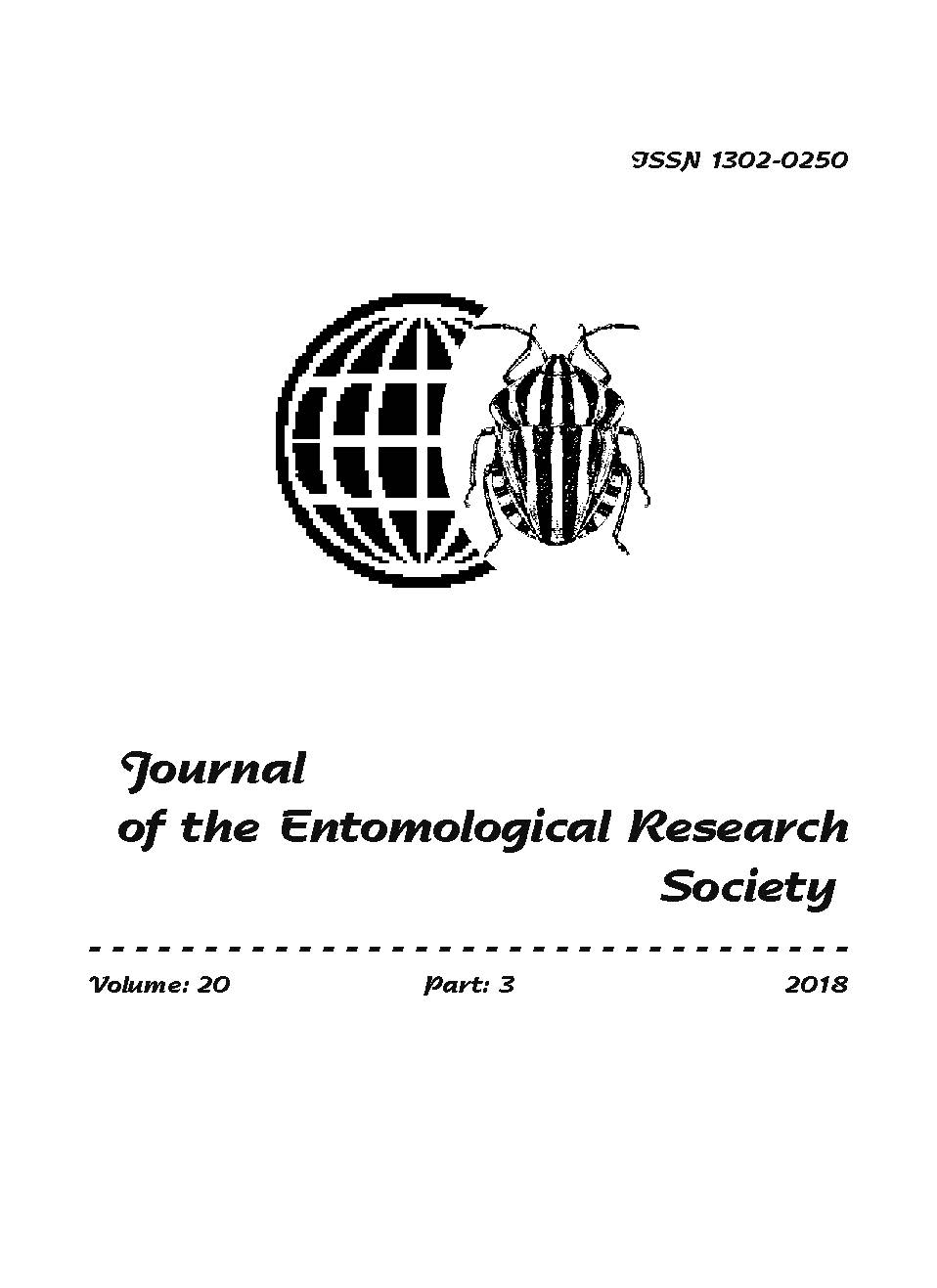Influence of Dietary Titanium Dioxide Nanoparticles on the Biology and Antioxidant System of Model Insect, Galleria mellonella (L.) (Lepidoptera: Pyralidae)
Abstract
The potential toxic effects of the widespread use of titanium dioxide (TiO2) nanoparticles (NPs) on insects have been brought into question as their presence in the ecosystem is unavoidable. Hence, the toxic effects of the different TiO2 NPs should be investigated by establishing experimental model insects. Here, we examined the effects of different concentrations of TiO2 NPs (100, 500, 1000, 3000 and 5000 ppm) on the biological parameters and total protein amount, antioxidant enzyme activities, malondialdehyde (MDA) amounts in the hemolymph of the greater wax moth, Galleria mellonella (L.) (Lepidoptera: Pyralidae). We found that larval and pupal developmental times significantly increased at 100, 500, 1000 and 3000 ppm when compared with control and highest doses of TiO2 NPs. However, adult longevity time was shortened at low concentrations of dietary TiO2 NPs (100, 500 and 1000 ppm). Exposure with dietary TiO2 NPs caused a significant increase in the total protein amount and content of MDA and glutathione S-transferase activity in the hemolymph at 100, 500 and 1000 ppm compared with control and other doses of TiO2 NPs. While the activity of catalase increased by 1000, 3000, and 5000 ppm and superoxide dismutase activity increased at all doses of TiO2 NPs when compared with control. Our results indicated that TiO2 NPs has a dose-dependent toxic effects on the G. mellonella larvae and can enhance the stress resistant capacity of insects at low concentrations.


